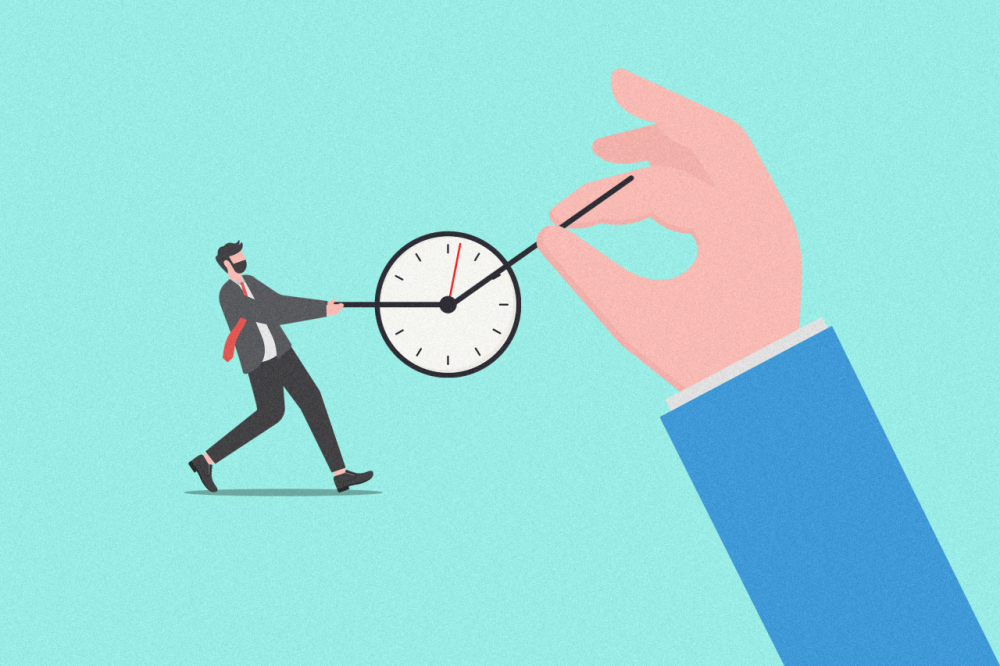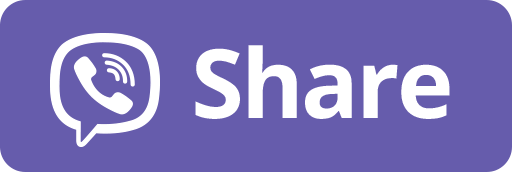
Tiết kiệm thời gian nhờ AI, phần thưởng của bạn là… thêm việc
-
AI đã vượt qua giai đoạn “thử nghiệm”, nay trở thành công cụ giúp người lao động hoàn thành công việc nhanh hơn. Tuy nhiên, thời gian tiết kiệm được không đồng nghĩa với nghỉ ngơi, mà thường bị lấp đầy bằng thêm việc.
-
CEO Amazon Andy Jassy yêu cầu nhân viên phải “làm được nhiều hơn với ít người hơn” nhờ AI, cho thấy mong đợi năng suất cao hơn, không phải giờ làm ít hơn.
-
Một khảo sát của SAP cho thấy gần 50% người lao động muốn giữ lại thời gian AI giúp họ tiết kiệm, thay vì để công ty tận dụng. Trung bình, AI giúp tiết kiệm gần 1 giờ mỗi ngày.
-
22% người được hỏi cho biết họ sẵn sàng giấu thời gian dư ra để tránh bị giao thêm việc — dẫn đến hiện tượng “giả vờ bận rộn” nơi công sở.
-
Một số công ty đang theo hướng tích cực: cho phép nhân viên tái phân bổ thời gian cho phát triển chuyên môn, thay vì chỉ yêu cầu thêm giờ làm.
-
Jeff Mette, một giám đốc tư vấn phần mềm ở Atlanta, dùng nhiều công cụ AI (Gemini, Perplexity, Claude) để giảm 60 giờ làm việc còn 30 giờ, sau đó dùng phần thời gian dư cho công việc phụ và những cuộc họp sáng tạo hơn.
-
Nhà xã hội học Juliet Schor cảnh báo: nếu AI chỉ khiến công việc “nặng hơn về tinh thần”, nguy cơ kiệt sức sẽ tăng cao. Bà ghi nhận nhiều công ty thử mô hình làm 4 ngày/tuần vẫn giữ được năng suất hoặc cao hơn.
-
Tuy nhiên, mô hình làm việc rút ngắn vẫn chưa phổ biến. Nhiều chuyên gia cho rằng chỉ khi người lao động kiệt sức hàng loạt, các doanh nghiệp mới bắt đầu xem xét lại chiến lược AI của mình.
📌 AI đang giúp người lao động tiết kiệm gần 1 giờ/ngày, nhưng thay vì được nghỉ ngơi, nhiều người lại bị giao thêm việc. Khoảng 22% giấu thời gian dư để tránh áp lực. Nếu không điều chỉnh, hiệu suất từ AI có thể khiến kiệt sức lan rộng và buộc doanh nghiệp phải thay đổi tư duy quản lý lao động.
https://www.wsj.com/lifestyle/careers/ai-work-free-time-51c8c92a
Your Prize for Saving Time at Work With AI: More Work
We’re accomplishing more, in less time, with artificial intelligence, but that creates a new conflict on the job
Callum Borchers
By
Callum Borchers
July 9, 2025 8:00 pm ET
Emil Lendof/WSJ, iStock
We’re past the point of imagining how artificial intelligence could help us work more efficiently. The question now is whether we can keep the hours we save, or whether the reward for working faster is…more work.
Breezing through the tedious items on our to-do lists is supposed to make us see AI as an ally, instead of a threat. But unless finishing early comes with extra downtime or other gains, the real beneficiaries are likely to be businesses looking to squeeze more productivity out of their teams.
It doesn’t sound, for example, as though lighter workloads are in store for Amazon employees. Chief Executive Andy Jassy recently urged them to “figure out how to invent for our customers more quickly and expansively, and how to get more done with scrappier teams” using AI.
The clear message from him and other business leaders is that we can’t simply do as much work as we’ve been doing, in less time, and clock out early. If we do, we risk being replaced by someone who uses AI to increase output.
Still, workers aren’t just going to accept this without a fight.
A recent survey found nearly half of workers believe their AI time savings should belong to them, not their employers. That survey, conducted by business-software maker SAP, also found that workers using AI save almost an hour a day on average.
More than one-fifth of the survey respondents said they would rather hide that hour than give managers a reason to expect more. Cue the Zillow browsing while pretending to work and other forms of “productivity theater.”
How can companies keep this from turning into a new workplace battleground?
They need to minimize secrecy and resentment to get the most out of emerging technology, says Autumn Krauss, chief scientist on SAP’s market insights and customer engagement team. That means making employees feel as though they receive something more enticing than a heavier workload.
“We have customers in legal and professional services who have taken a more progressive, strategic approach,” she says. “They’re saying, ‘We’re not just going to require more billable hours. We’re going to allow you to reallocate that time to professional development.’”
That way, employees can use the time AI frees up to position themselves for future promotions and raises.
Taking it back
Of course, not every company will use that approach. Or employees will just take things into their own hands.
Consider Jeff Mette. While some people shave minutes by using ChatGPT to draft emails, he is an AI ninja who saves substantially more time by employing multiple tools, each for a specific purpose.
Mette, a managing director at a software consulting firm in Atlanta, leans on Gemini for research. He relies on Perplexity to summarize the news. He trained Claude to mimic his writing style.
Altogether, he estimates what used to be 60 hours of work can now be completed in 30. This is largely because AI gets him up to speed on prospective clients and their competitors much faster than his old process of poring over financial documents and media reports manually.
“I started a side hustle because of things I found I could do with AI,” says Mette, 52. Since January, he has independently advised small businesses on go-to-market strategies.
He feels he owes his primary employer 40 hours every week. But he also thinks it’s reasonable to reclaim time beyond the full-time standard and put it into something of his own.
At his primary job, he now budgets an hour for coffee meetings he once crammed into 30 minutes. The slower pace produces more creative sparks, he says.
Burning out
It’s one thing to transfer time saved to a second job or professional-development course. It’s another to actually work less.
History is not on employees’ side in this regard.
“New technologies that speed up aspects of knowledge work tend to just lead to faster-paced knowledge work,” says Cal Newport, the “Slow Productivity” author who advocates working at a natural pace to do fewer tasks well. “The advent of PCs and email to the office, for example, led only to explosions in the average employee’s workload.”
This is partly because output is hard to measure in many jobs, so companies often use time as a proxy.
The best bet for people hoping to truly cut back might be for businesses to realize employees have limited reserves of deep concentration. AI is supposed to free us of mundane tasks so we can focus on the important things, but can we really think big thoughts eight hours a day, five days a week?
“It’s quite possible that by taking the low-demand stuff off our plates we’re piling up too much high-demand stuff,” says economist and sociologist Juliet Schor, whose new book, “Four Days a Week,” chronicles companies’ experiments with reduced schedules.
She worries U.S. workers’ already-high rates of stress and burnout could get worse if they are expected to work long hours at AI-aided levels of efficiency. Most of the businesses she studied that tried four-day workweeks found their employees could accomplish as much as they used to, or more, if given an extra day to recharge.
But pared-down schedules remain far from mainstream. For that to change, workers might first have to be pushed to their breaking points. Companies will respond if—perhaps only if—their AI productivity drives backfire.
Thảo luận
Follow Us
Tin phổ biến



